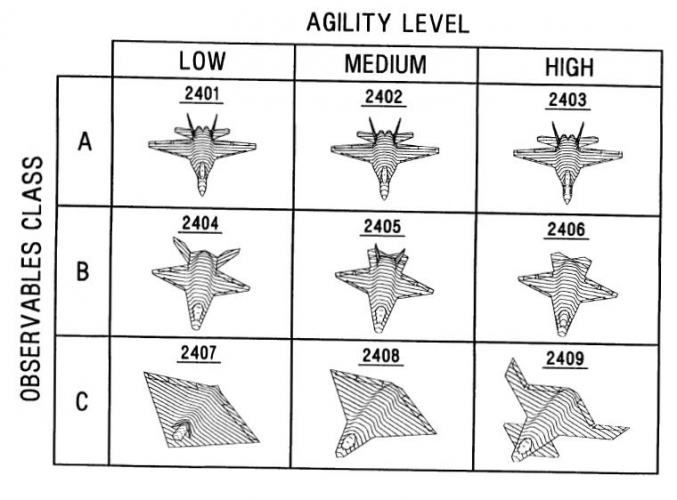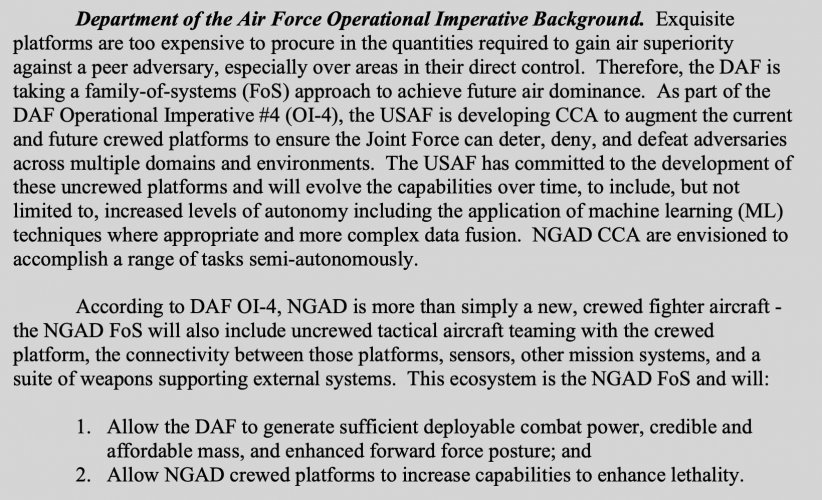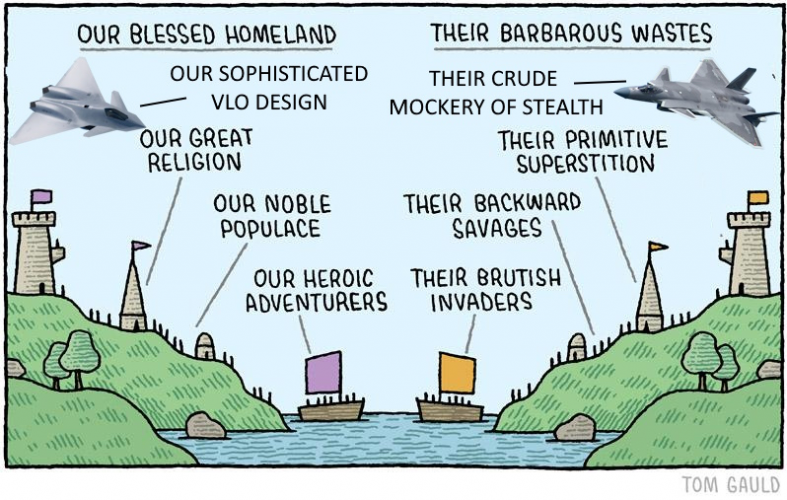Forest Green
ACCESS: Above Top Secret
- Joined
- 11 June 2019
- Messages
- 9,432
- Reaction score
- 17,175

Reflections Of The F-47: Looking Back At The X-36
The tailless X-36 demonstrator was one of several test planes and studies that likely paved the way for the F-47 sixth-generation stealth fighter. The tailless X-36 demonstrator was one of several test planes and studies that likely fed into the F-47 sixth-generation stealth fighter.

What Cat Name Should Northrop Grumman Give Its Fighter If It Wins The Navy's F/A-XX Competition?
Not since the F-14 Tomcat has their been a 'Grumman cat,' but that could soon change.
Cougar?
SECAF nominee commits to increasing number of aircraft in fleet, fielding younger platforms | InsideDefense.com
Troy Meink, President Trump’s nominee to be the next Air Force secretary, today committed to adding more aircraft to the service’s aging inventory, telling lawmakers the current fleet is the oldest and smallest in the Air Force’s history.
Last edited:








